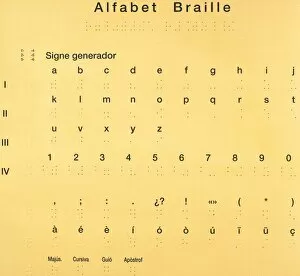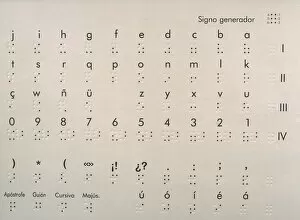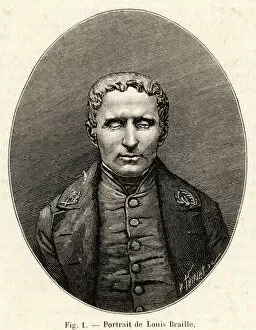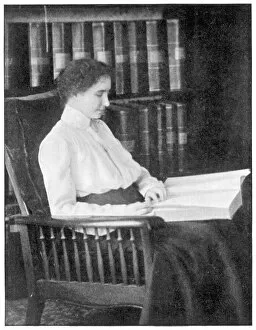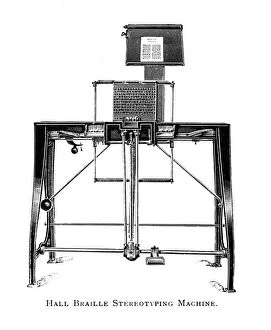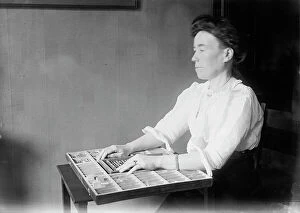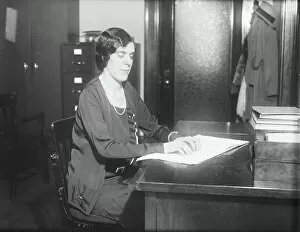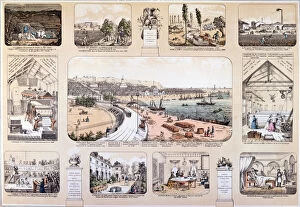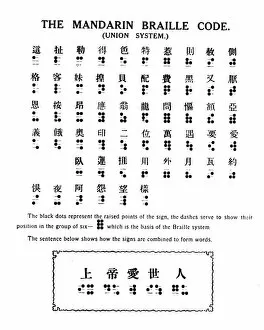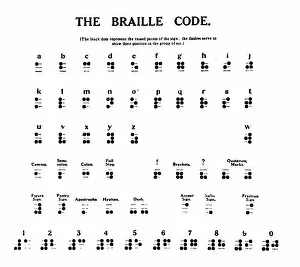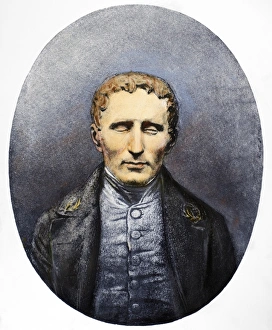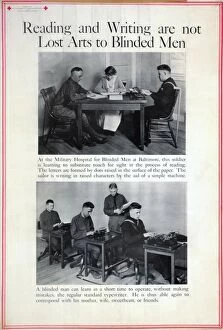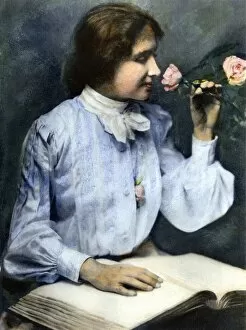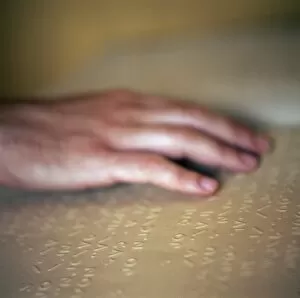Braille Collection
"Unveiling the Touch of Knowledge: The Legacy of Louis Braille" Louis Braille, a name synonymous with empowerment and inclusivity
All Professionally Made to Order for Quick Shipping
"Unveiling the Touch of Knowledge: The Legacy of Louis Braille" Louis Braille, a name synonymous with empowerment and inclusivity, forever changed the lives of visually impaired individuals through his groundbreaking invention. Born in 1809, this visionary pioneer revolutionized communication for the blind by inventing the system of raised-point writing known as Braille. Helen Keller, an iconic figure herself, found solace and independence in reading Braille. In awe-inspiring images captured throughout history, we witness her immersed in a world where words come alive under her fingertips. From London to America's School for the Blind, Helen shared her love for literature with children using this tactile language. The impact of Louis Braille's creation extended far beyond education. Branches of business life embraced blind individuals trained to proficiency in various fields - their resilience shining through black-and-white photographs capturing moments that defy limitations. Innovation continued to flourish as technology advanced. The Hall Braille Stereotyping Machine introduced in 1919 paved new avenues for mass production and accessibility. A woman engrossed in reading braille during 1931 serves as a testament to progress made towards inclusion. Educational tools tailored specifically for the visually impaired emerged over time - bronze globes designed to empower exploration and litho-printed specimens showcasing the beauty and intricacy of the braille system itself. One cannot overlook "The Great Globe, " commissioned by Hesteter on behalf of the Institute for Young Blind back in 1833. This remarkable artifact symbolizes not only geographical knowledge but also represents hope ignited by Louis Braille's ingenuity. Today, we honor Louis Braille's enduring legacy as we continue striving towards a more inclusive society where barriers are shattered through innovation and compassion. His brilliance has left an indelible mark on humanity – reminding us that every individual deserves access to knowledge regardless of visual impairment or any other obstacle they may face along their journey.

